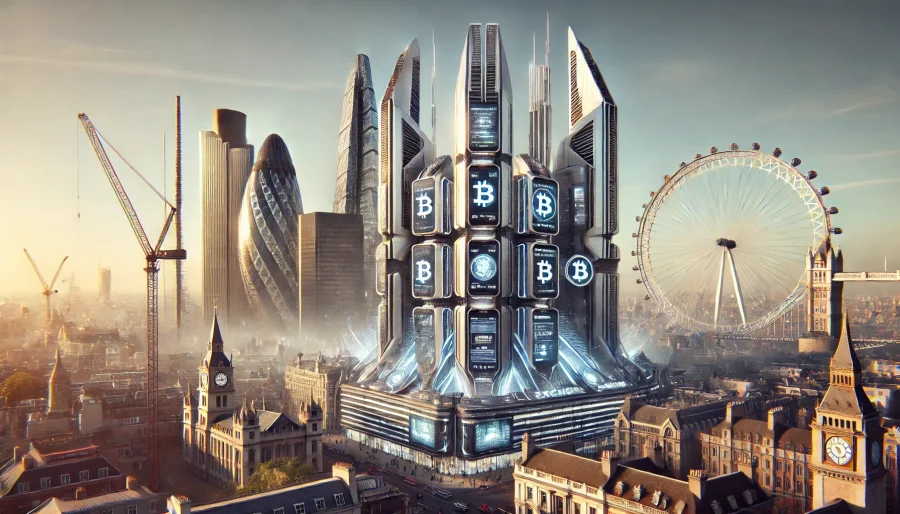In a city known for its tech-savvy population and progressive mindset, San Francisco has become the battleground for a new form of transportation – autonomous vehicles (AVs) or robotaxis. While many embrace the idea of self-driving cars as the future of transportation, there is a growing group of individuals who are taking matters into their own hands, adopting a unique form of protest that involves disabling the AVs with traffic cones. This article delves into the motivations behind these actions and explores the potential implications for the future of AV technology.
Autonomous vehicles, often referred to as robotaxis, have been a topic of fascination and controversy for years. These self-driving cars have the potential to revolutionize transportation, offering a safer, more efficient, and environmentally friendly alternative to traditional vehicles. Companies like Waymo, Cruise, and Uber have invested billions of dollars in developing and testing AV technology, with the hope of one day launching widespread robotaxi services.
San Francisco, with its tech-savvy population and bustling streets, has become a testing ground for AV companies looking to refine their technology and gather real-world data. However, the introduction of robotaxis has not been met with universal enthusiasm. A vocal group of activists, including the San Francisco Taxi Workers Alliance and the Alliance for Independent Workers, have mobilized against the spread of robotaxis, arguing that they will eliminate the need for taxi and ride-hail drivers.
One of the most visible forms of protest against robotaxis in San Francisco is the “Night of the Cone.” Activists have taken to placing traffic cones on the hoods and roofs of AVs, effectively disabling them and causing disruptions to their operations. While the act itself may seem harmless, it sends a powerful message of discontent and resistance to the encroachment of AV technology on the city’s streets.
The motivations behind the “Night of the Cone” protest are multifaceted. Some activists argue that robotaxis represent a threat to job security, as they could potentially replace taxi and ride-hail drivers. They view the rise of AVs as a corporate takeover of the transportation industry, driven by profit-seeking companies rather than the needs and well-being of the general population.
Others express concerns about the impact of AVs on urban infrastructure and public space. They argue that robotaxis require streets designed primarily for cars, neglecting the needs of pedestrians, cyclists, and public transit users. These activists advocate for a more balanced approach to urban planning, where the needs of all modes of transportation are taken into account.
One common argument against the widespread adoption of AVs is the perceived brittleness of automation. Critics point out that while it may be relatively easy to design fault-tolerant systems in the digital realm, the physical world presents unique challenges. Self-driving cars, they argue, are susceptible to interference and disruption, as evidenced by the ease with which traffic cones can disable them. This raises concerns about the reliability and safety of AV technology on a large scale.
The success of AV technology ultimately hinges on public sentiment and societal acceptance. While some view the rise of robotaxis as a positive step towards a more efficient and sustainable transportation system, others harbor reservations. The perception of AVs as a tool of the elite and a symbol of corporate dominance has fueled opposition and created a narrative of tech-driven disruption at the expense of society.
Regulation plays a crucial role in shaping the future of AV technology. While companies like Waymo and Cruise are pushing for the expansion of robotaxis, opponents argue that government support for infrastructure built for private companies is unwarranted. They advocate for stricter regulations to ensure the safety and accountability of AV operators, as well as the protection of jobs and public space.
While the battle between AV proponents and opponents rages on, there is an opportunity for dialogue and compromise. It is essential for AV companies to address the concerns and criticisms of their detractors and engage in meaningful conversations about the future of transportation. By incorporating public input into their development processes and collaborating with local communities, AV companies can work towards a more inclusive and sustainable vision of the future.
The “Night of the Cone” protest in San Francisco highlights the complex relationship between AV technology and societal acceptance. While some view robotaxis as a disruptive force that prioritizes profit over people, others see them as a promising solution to the challenges of urban transportation. The future of AVs lies in finding common ground and addressing the legitimate concerns raised by their opponents. Only by engaging in meaningful dialogue and working towards shared goals can we shape a transportation system that benefits all members of society.
First reported on TechCrunch
Frequently Asked Questions
Q: What are autonomous vehicles (AVs) or robotaxis?
A: Autonomous vehicles, also known as robotaxis, are self-driving cars that have the potential to revolutionize transportation by offering a safer, more efficient, and environmentally friendly alternative to traditional vehicles.
Q: Why has San Francisco become a battleground for AVs?
A: San Francisco, with its tech-savvy population and busy streets, has become a testing ground for AV companies looking to refine their technology and gather real-world data.
Q: What is the “Night of the Cone” protest in San Francisco?
A: The “Night of the Cone” protest involves activists placing traffic cones on the hoods and roofs of AVs in order to disable them and disrupt their operations. It serves as a visible form of protest against the spread of AV technology in the city.
Q: What are the motivations behind the “Night of the Cone” protest?
A: The motivations are multifaceted. Some activists argue that robotaxis threaten job security by potentially replacing taxi and ride-hail drivers. Others express concerns about the impact of AVs on urban infrastructure and public space, advocating for a more balanced approach to urban planning. Critics also raise concerns about the reliability and safety of AV technology on a large scale.
Q: What are the arguments against widespread adoption of AVs?
A: Critics argue that AVs are perceived as brittle in the physical world, susceptible to interference and disruption as demonstrated by the ease with which traffic cones disable them. They also raise concerns about the perceived elitism and corporate dominance associated with AV technology, as well as the neglect of the needs of pedestrians, cyclists, and public transit users in urban planning.
Q: How does public sentiment and regulation impact the future of AV technology?
A: Public sentiment and societal acceptance play a crucial role in the success of AV technology. While some view robotaxis as a positive step towards a more efficient and sustainable transportation system, opponents argue for stricter regulations to ensure safety, accountability, and protection of jobs and public space.
Q: What is the importance of dialogue and compromise in shaping the future of AVs?
A: Dialogue and compromise between AV companies and their detractors are essential. By addressing concerns, incorporating public input, and collaborating with local communities, AV companies can work towards a more inclusive and sustainable vision of the future of transportation.
Q: What does the “Night of the Cone” protest signify in the relationship between AV technology and societal acceptance?
A: The protest highlights the complex relationship between AV technology and societal acceptance. It reflects the opposing views on whether robotaxis are a disruptive force prioritizing profit or a promising solution to urban transportation challenges. Finding common ground and addressing concerns is crucial for shaping a transportation system that benefits all members of society.



















